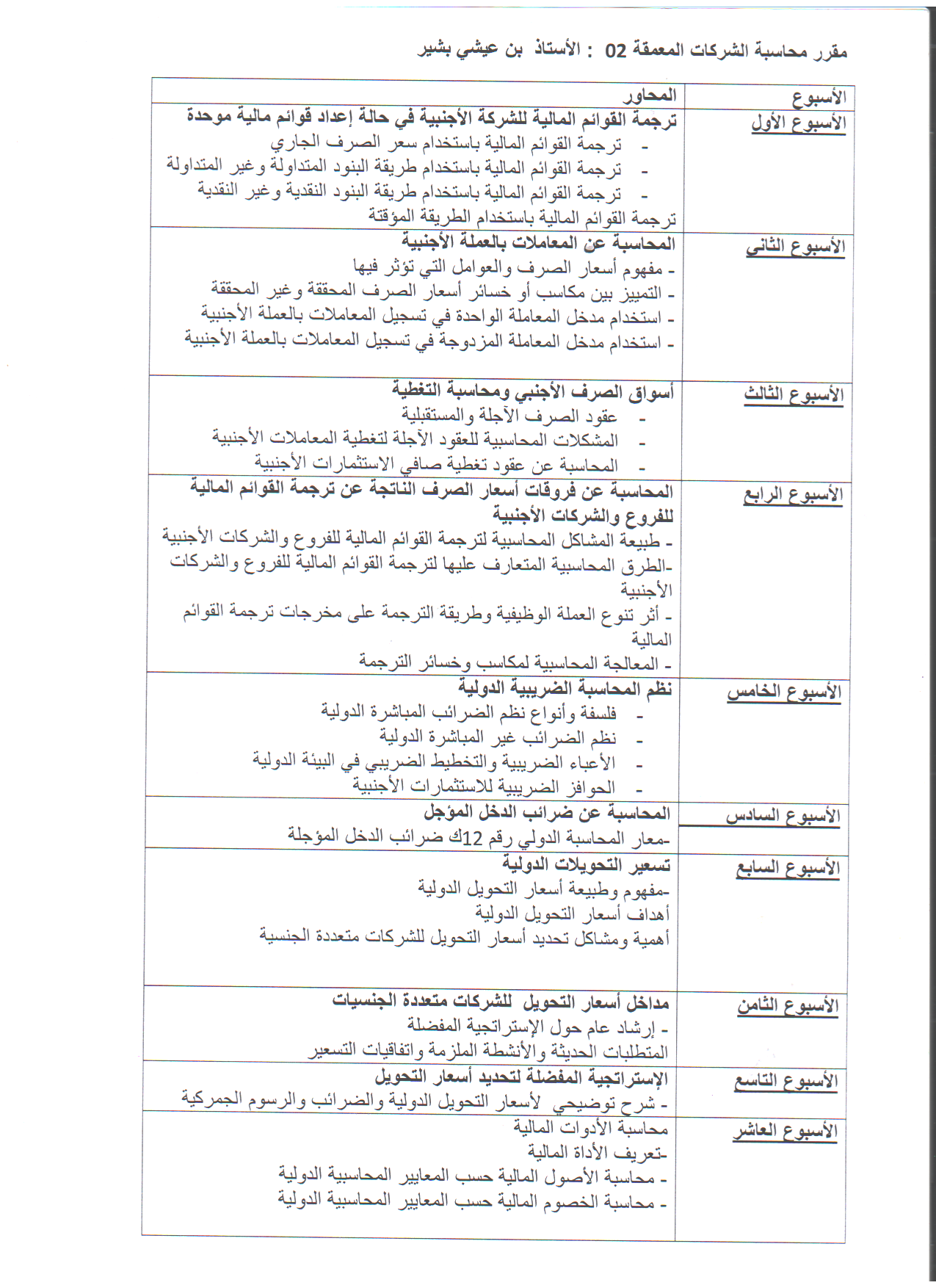Licence 2
The main objective of learning Applied Statistics for second-year university students, mainly through studying chapters such as sampling distributions, estimation, and hypothesis testing, is to equip students with the quantitative tools and analytical skills necessary to make informed decisions based on data. This course aims to provide students with a deep understanding of collecting, analyzing, and interpreting data effectively, ensuring they can apply these techniques to real-world problems. By mastering sampling distributions, students learn how to infer the characteristics of broader populations from sample data, a critical skill in research and industry settings. Through estimation, students gain the ability to predict unknown population parameters, enhancing their predictive capabilities. Hypothesis testing equips them with the methodologies to test assumptions and make decisions under uncertainty, reinforcing critical thinking and problem-solving skills. These chapters are meticulously designed to build a strong foundation in statistical reasoning. They empower students to apply statistical principles confidently across various disciplines, from social sciences to engineering, thereby significantly enhancing their academic and professional opportunities.
- Enseignant: Nacereddine Bouriche

- Enseignant: Bachir Benaichi
